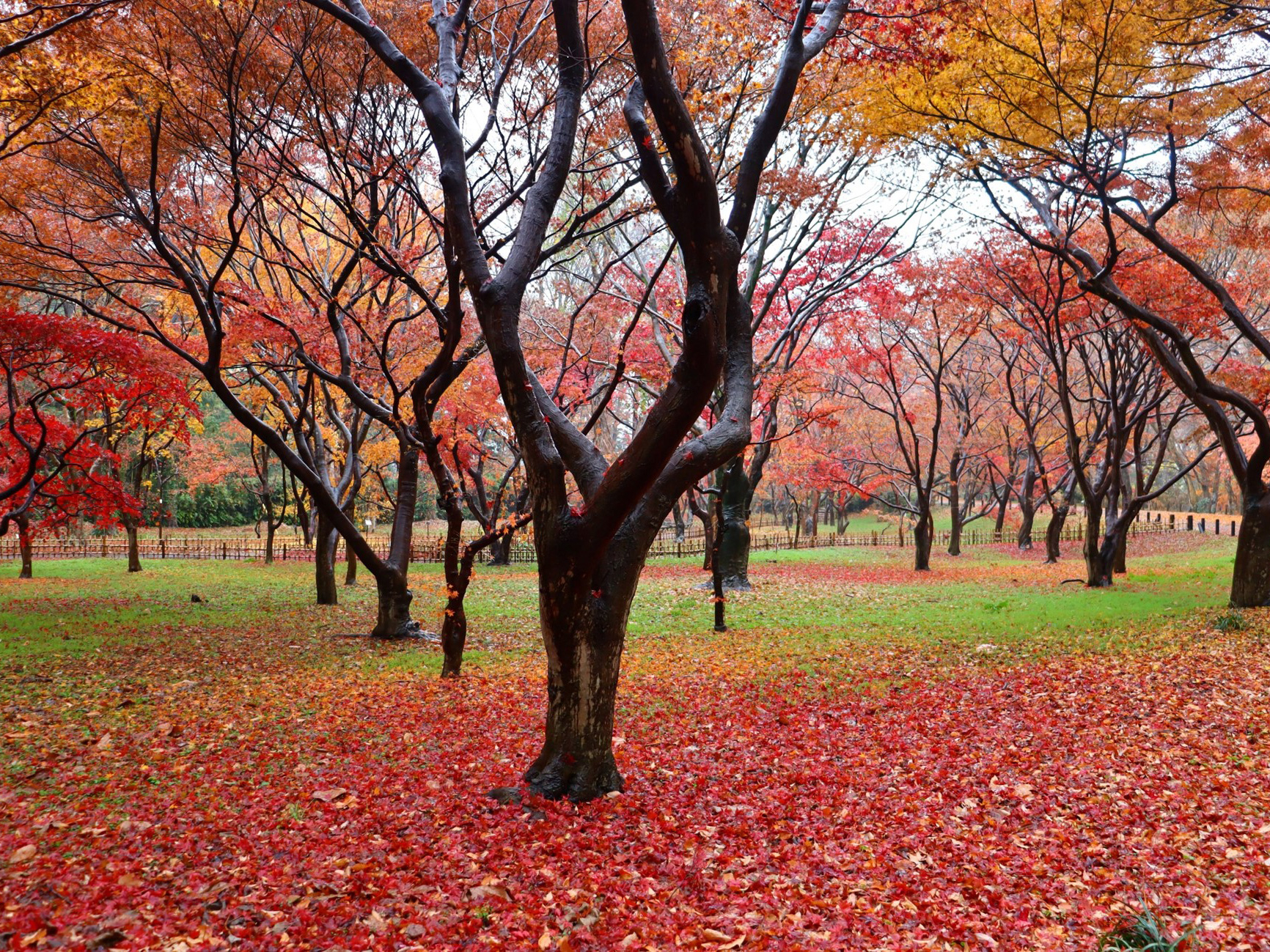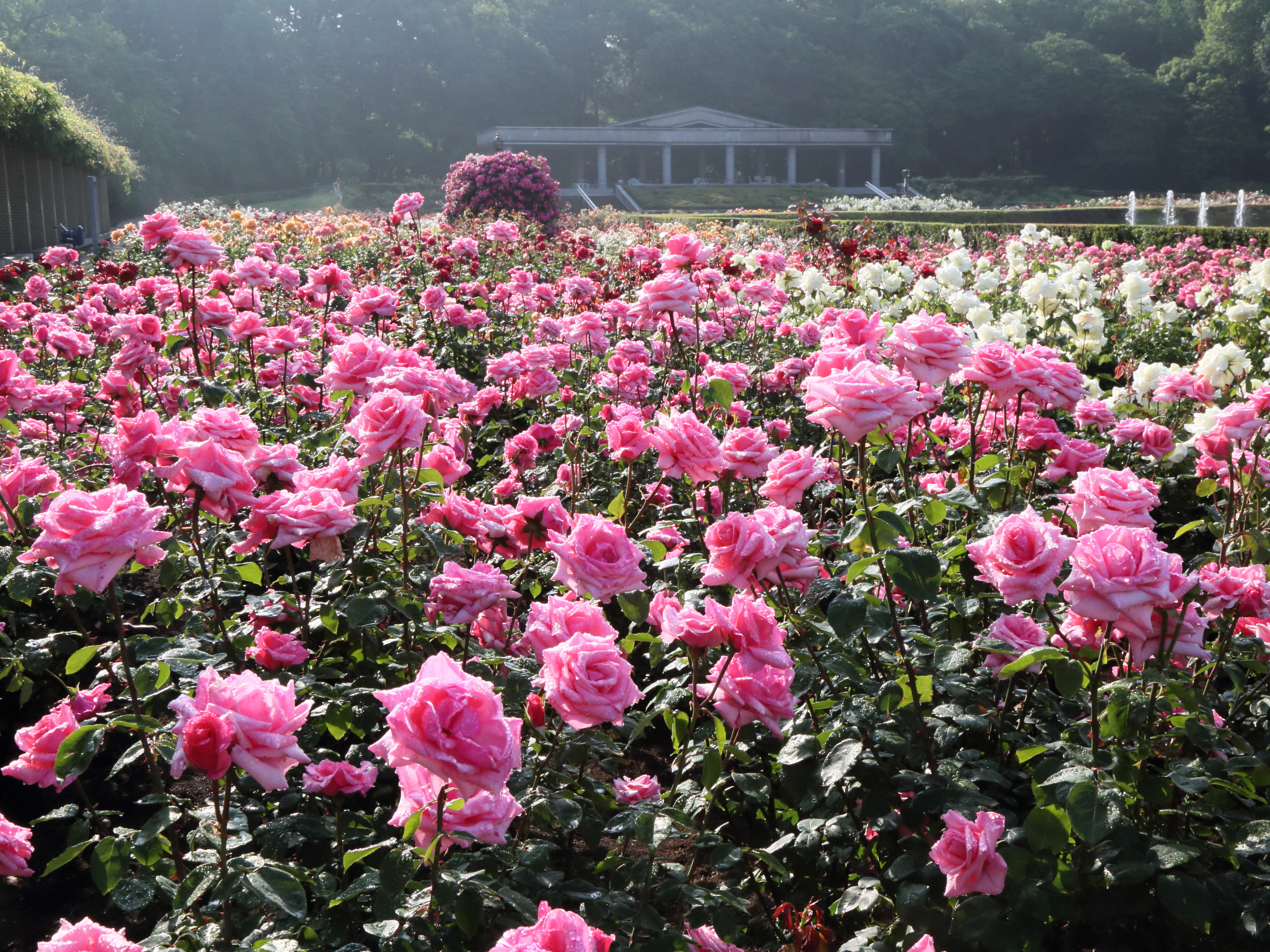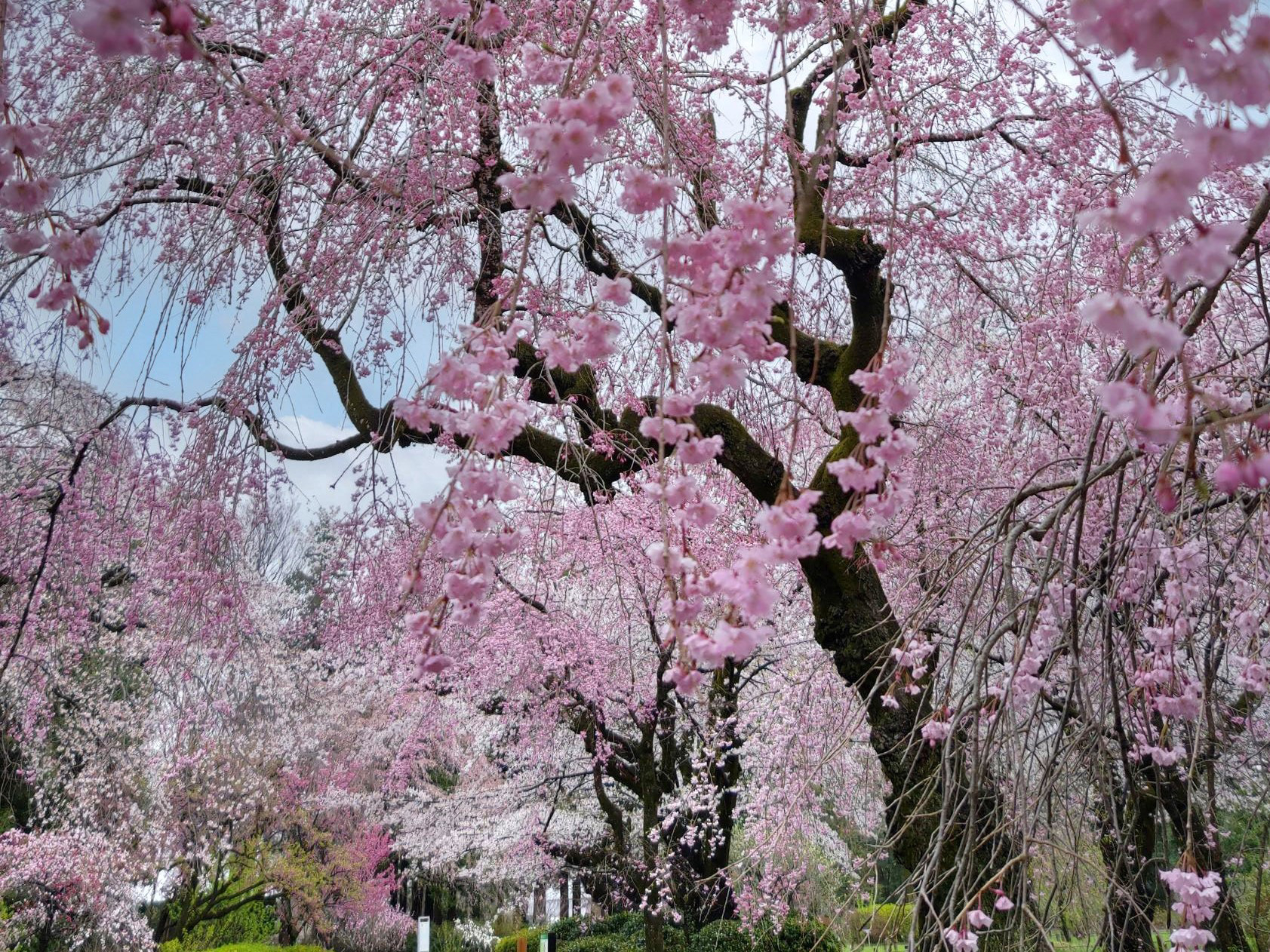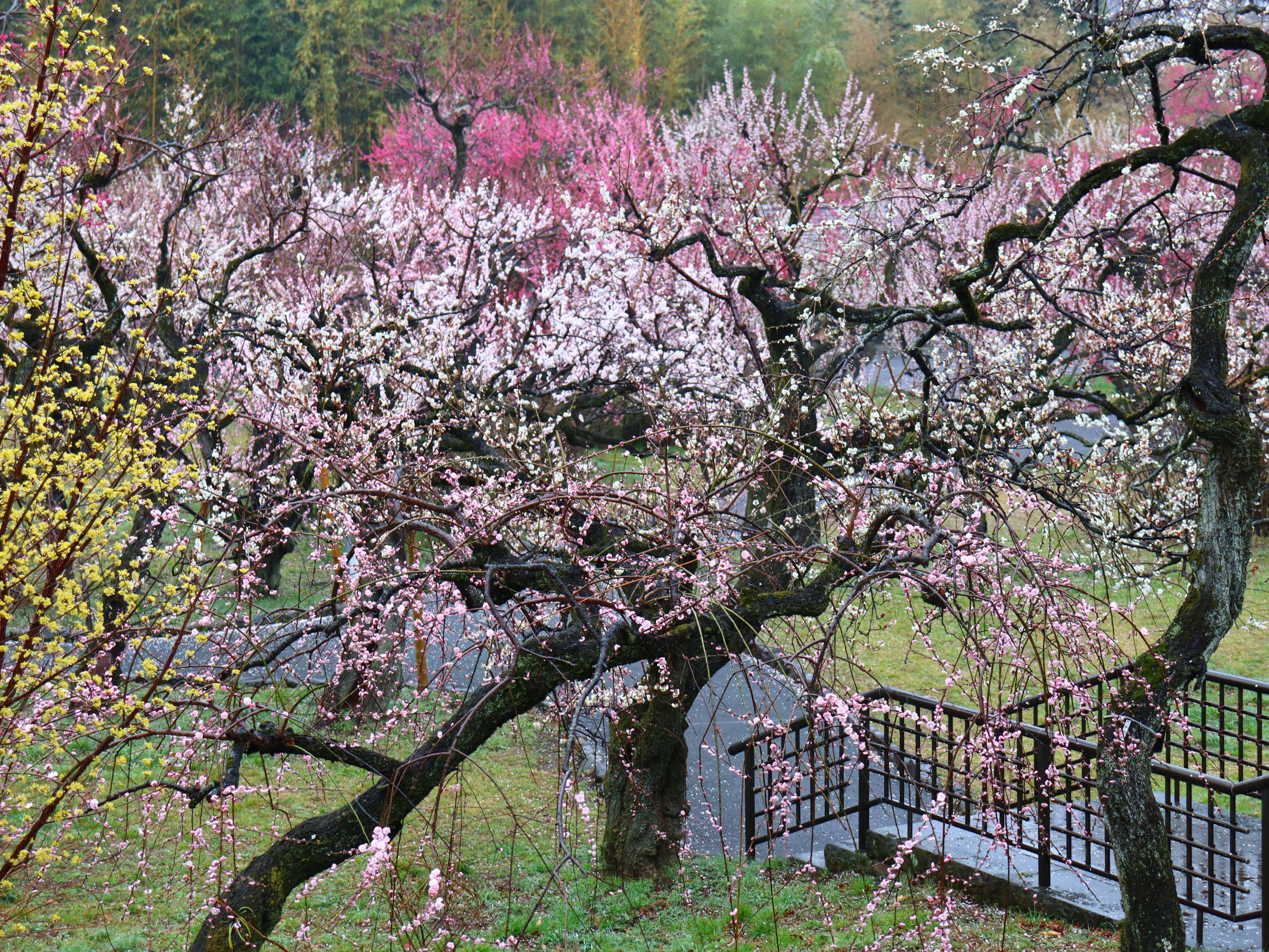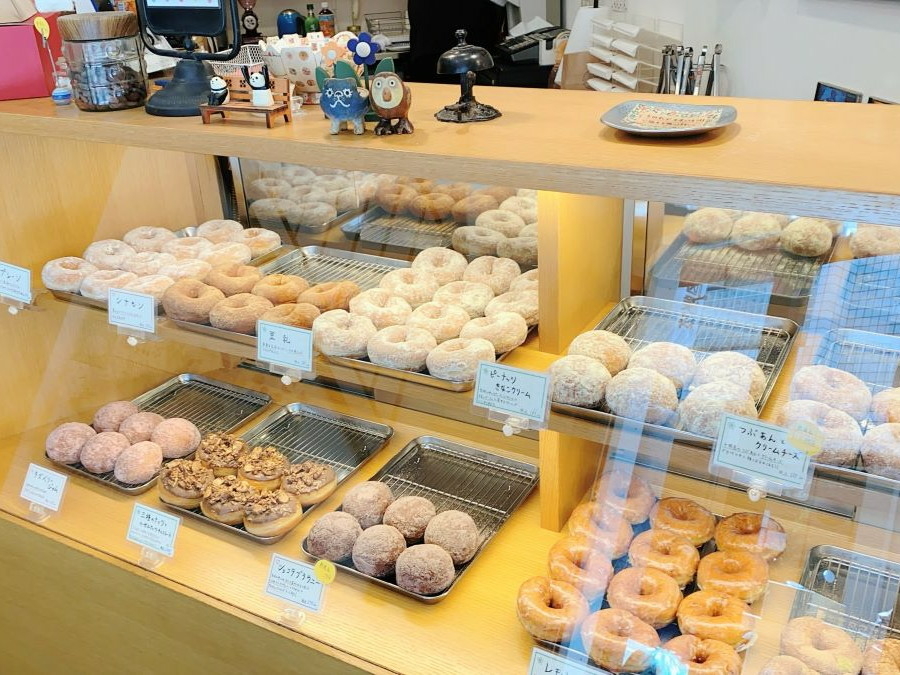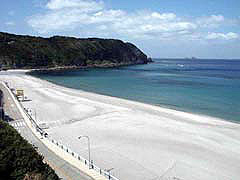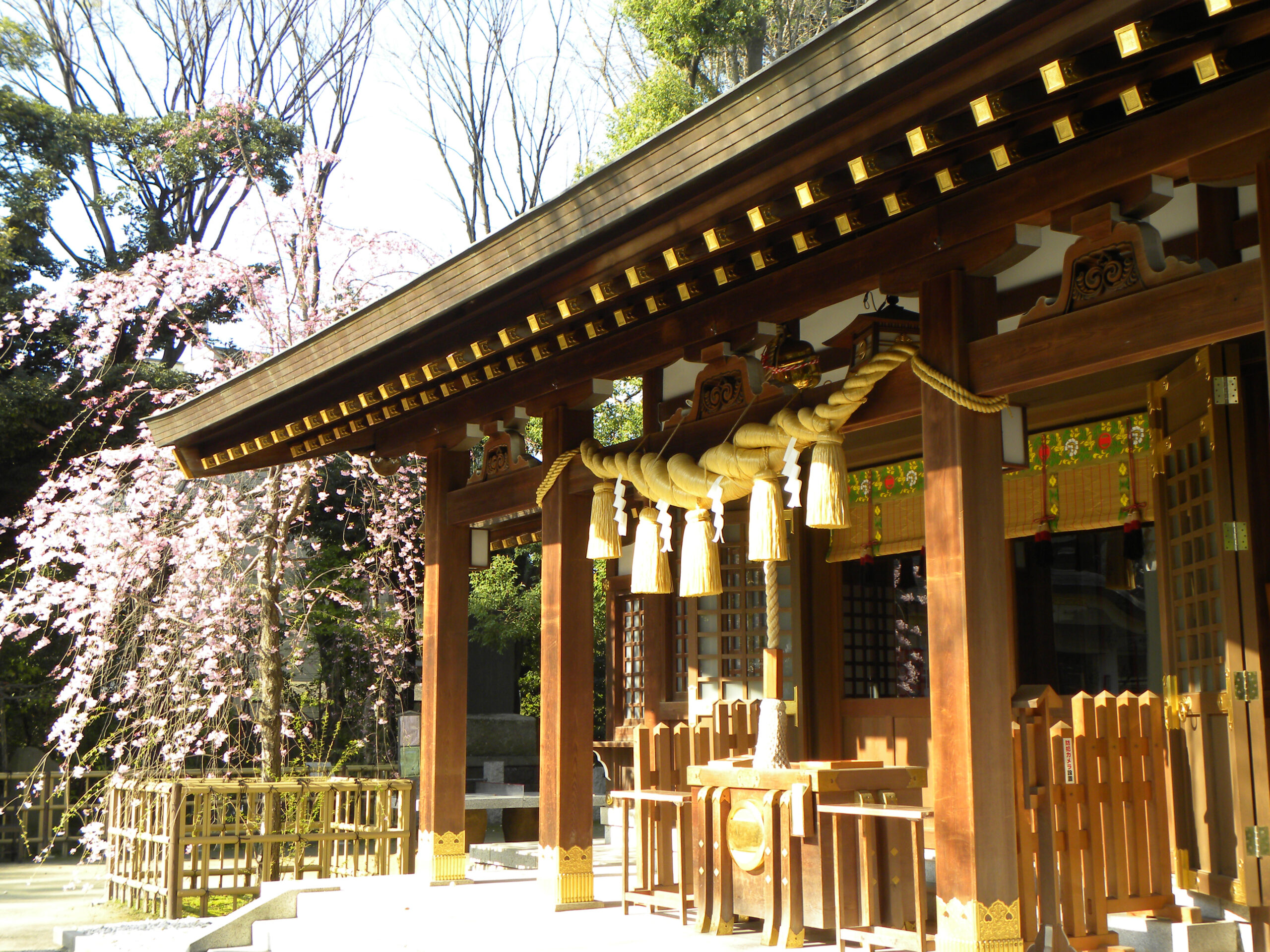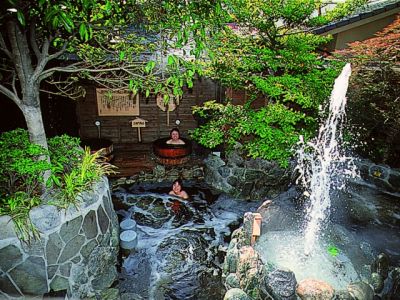
Jindaiji Natural Hot Spring Takamori no Sato
A hot spring facility located inside a residential area near Jindai Temple. It is designed based on the concept of "feng shui", which attracts opening from the direction and the ground. The bathhouses are diverse, with large bathhouses using ancient cypresses, and the garden-style open-air baths include Feng Shui, Goemon, Takimi, projection mapping baths, and Akatsunosuke (women only) where low-frequency current flows. The outdoor bath is rich in greenery and a landscape that cannot be seen as Tokyo. It is also convenient that free pick-up cars run from Shofu Station and Musashisakai Station.

